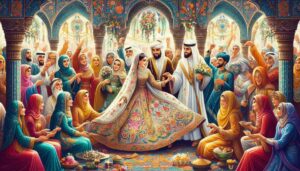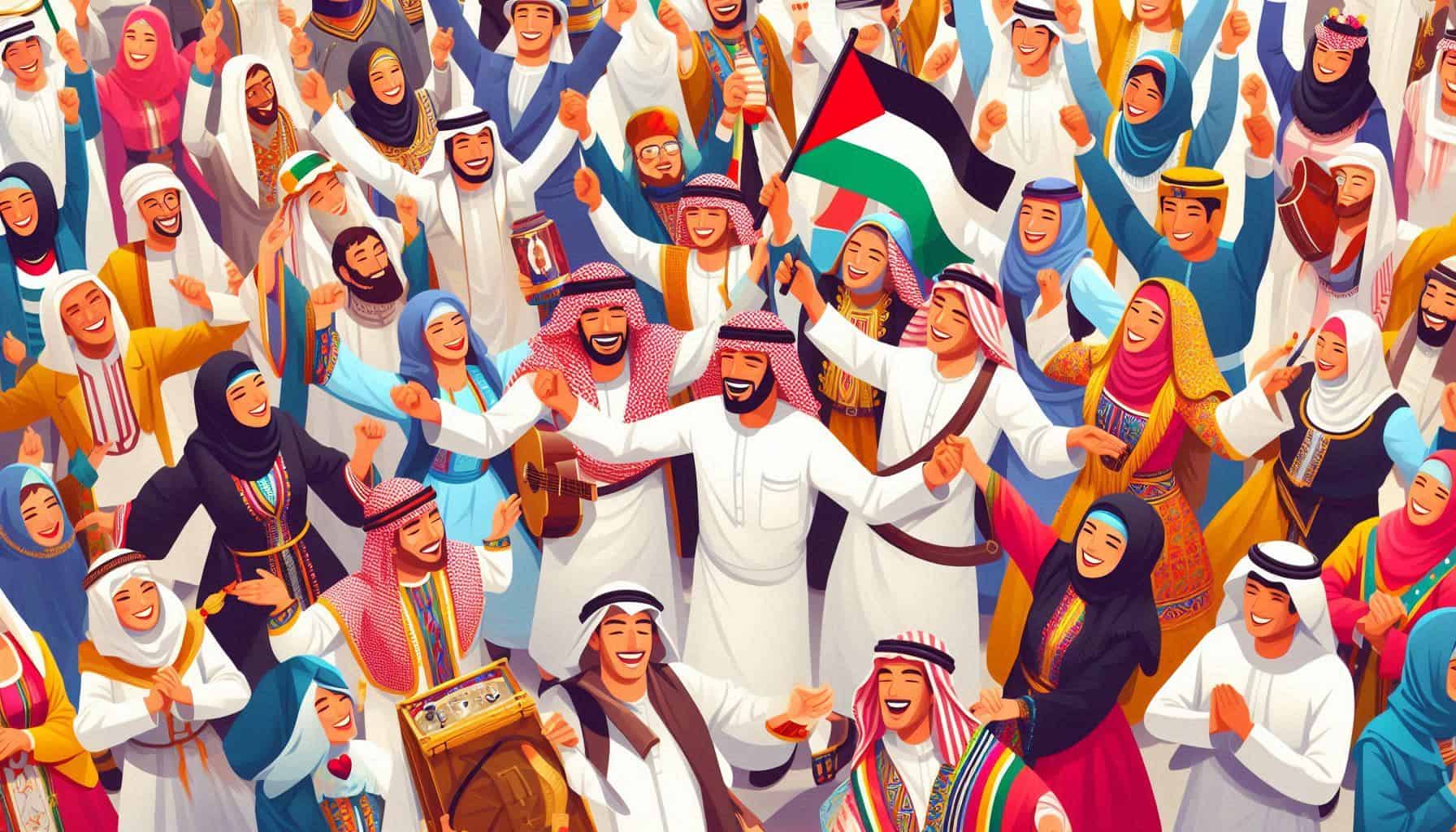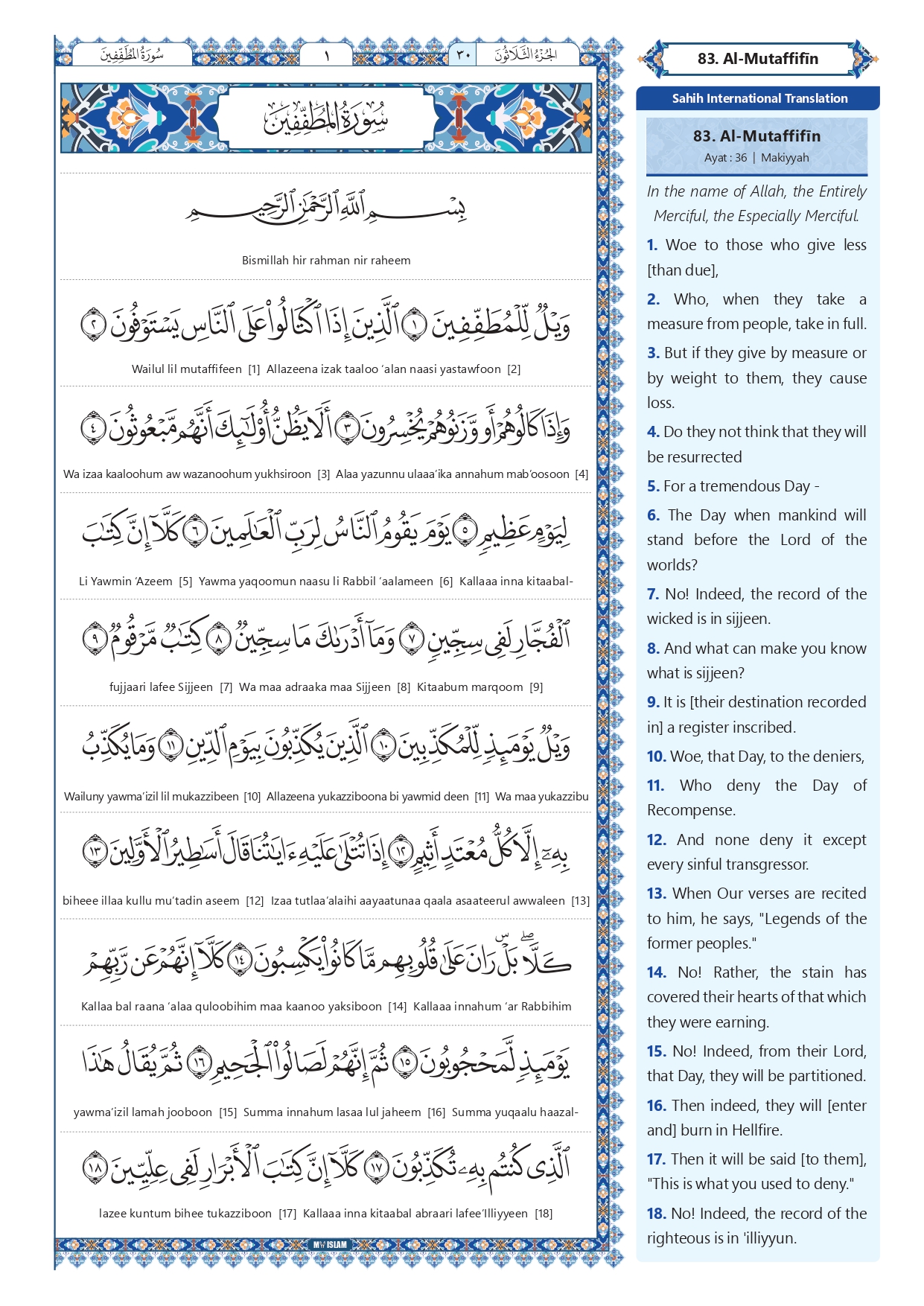Exploring the Rich Cultural Heritage and Modern Significance
Arabic customs traditions form a rich tapestry that reflects the diverse cultures, histories, and values of the Arab world. Spanning across countries with deep-rooted historical significance, these customs hold profound meaning, shaping the lives and interactions of millions. Here, we explore some of the most notable aspects of Arabic customs and traditions, shedding light on their cultural significance.
1. Exploring the Rich Cultural Heritage of Arabic Customs and Traditions
The cultural heritage of the Arab world is a reflection of centuries-old traditions passed down through generations. From the hospitality shown to guests to the celebration of religious and cultural festivals, Arabic customs are often deeply tied to community values and faith. One of the most iconic symbols of Arabic culture is the Majlis, or gathering room, where people come together to engage in conversation, share meals, and celebrate life’s moments.
Arabic customs traditions

2. The Significance of Arabic Customs and Traditions in Modern Society
In modern Arab society, customs and traditions continue to play a significant role. Even in the age of globalization, Arabs take great pride in their heritage and ensure that traditional values remain intact. For example, hospitality remains a cornerstone of Arab life, where welcoming guests with generosity is not just a social duty but a sign of respect and honor. Despite modernization, core traditions such as respect for elders, family loyalty, and collective responsibility remain influential in both social and professional settings.
3. An Insight into the Diverse Customs and Traditions of Arabic Countries
The Arab world spans a vast geographic region, from North Africa to the Middle East, and this diversity is reflected in its customs and traditions. For instance, while the Bedouin culture in the Arabian Peninsula places a strong emphasis on camel rearing and desert life, countries like Morocco and Egypt have traditions more closely tied to Mediterranean and ancient Pharaonic influences. Arabic music, clothing, and cuisine vary widely, with each country offering its own unique flavors and practices.
Arabic customs traditions

4. Preserving and Celebrating Arabic Customs and Traditions Through Generations
Preserving Arabic customs and traditions is essential for many Arab families and communities. The act of passing down traditions from generation to generation is seen as a way to maintain cultural identity. Festivals such as Eid al-Fitr and Eid al-Adha are not just religious observances but are occasions to reconnect with family, practice generosity, and continue long-standing traditions like communal feasts. Modern-day Arabs continue to engage with their traditions through storytelling, oral histories, and folk music, ensuring their culture remains alive.
5. Unveiling the Stories and Symbolism Behind Arabic Customs and Traditions
Many Arabic customs carry deep symbolism that speaks to the values and beliefs of the people. For example, the tradition of henna at weddings symbolizes joy, love, and protection. Meanwhile, the offering of dates and coffee to guests holds deep significance, symbolizing generosity and hospitality. These customs, though simple, embody values that are central to the Arabic way of life and reveal much about the importance placed on relationships, community, and shared experiences.
Arabic customs traditions

6. Arabic Hospitality: A Pillar of Culture
One of the most notable aspects of Arab culture is the emphasis on hospitality. In many Arab countries, guests are treated with the utmost respect and are offered lavish meals, tea, and traditional treats. This is not only a cultural norm but also a way to build and maintain strong relationships. In some rural areas, it is customary for visitors to be welcomed into homes for multiple days without expectation of reciprocation, highlighting the significance of generosity in Arabic culture.
7. Arabic Weddings: A Celebration of Community and Tradition
Weddings are an essential part of Arabic traditions, often marked by lavish celebrations that last for days. From the traditional attire such as the abaya and thobe to the symbolic rituals of the nikah (marriage contract) and zaffa (wedding procession), Arabic weddings are steeped in culture. Music, dancing, and henna ceremonies are all part of the rich customs that make these occasions not only a union of two individuals but a community-wide celebration.
Arabic customs and traditions continue to hold a cherished place in both personal and public life across the Arab world. Despite the rapid changes brought about by modernity, these traditions offer a way for Arabs to maintain their cultural identity and celebrate the richness of their heritage. Whether through everyday practices like hospitality or major events like weddings, Arabic customs embody the values of respect, generosity, and community.


